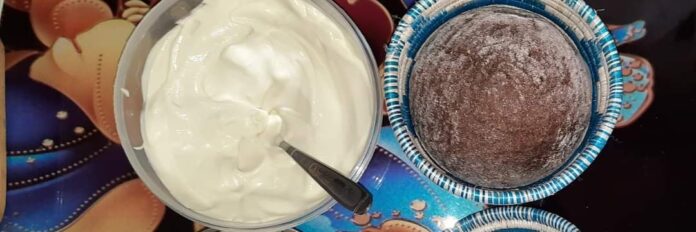Uganda is blessed with various cultures that have different delicacies, which makes the country a favorite destination for tourists who would like a great taste of our spicy meals.
Given the different foods found in various parts of the country, we can categorize them according to the regions, which are mainly Northern, Eastern, Western, and Central Uganda.
Eshabwe is one of the delicacies that is enjoyed across the country, especially by people from the western region.
In Ankole, if one visits or attends one of the most important ceremonies, they cannot go back without tasting Eshabwe.
How to prepare Eshabwe
The traditional delight is a dish made from ghee and meat.
The local mouthwatering dish of the region is prepared commonly by the Banyankole, Bahima, and Batooro from the Ankole’s long-horned cattle.
It is basically a thick white sauce that is made from mature, unboiled, clean gee and rock salt.
It can be prepared manually or using a blender to ease the process, but hygiene must be strictly observed.
How Eshabwe is served
It is usually served in homes and at important occasions like okuhingira (introduction and giveaway) and wedding ceremonies.
Eshabwe can be served with akaro (karo is made out of millet flour and cassava flour), matooke, boiled cassava, and many more. It is also not restricted to certain individuals or ages but can be taken by anyone regardless of their age.
Benefits of Eshabwe
Eshabwe contains a good amount of fat and vitamins A, E, and D. It has omega-3 fatty acids, which are good fats and essential for improving brain and heart health.
It also improves eye sight, relieves constipation, boosts the immune system, and improves health through fats.















